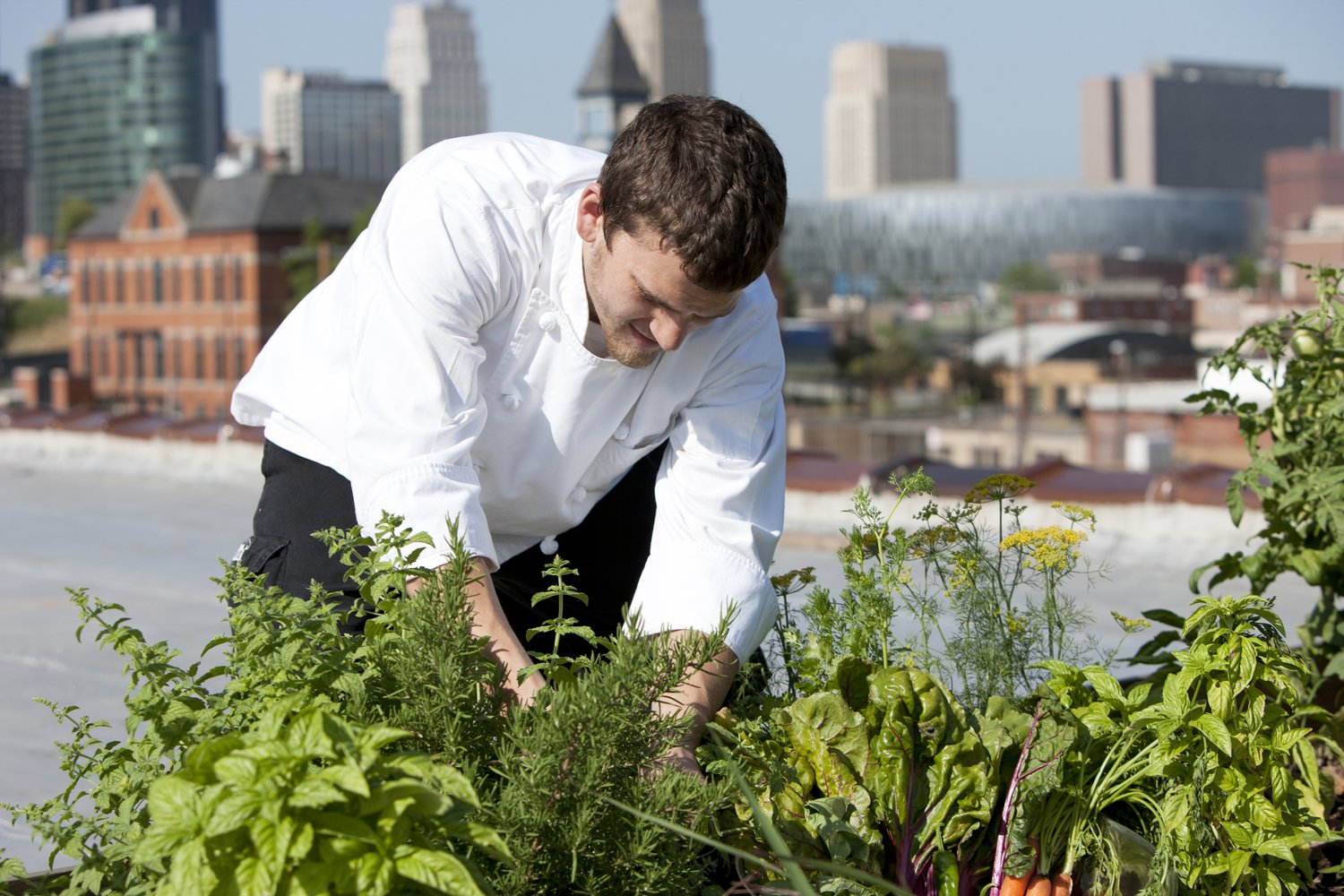City Blooming for Beginners
City Blooming for Beginners
Blog Article
The smart Trick of City Blooming That Nobody is Discussing
Table of ContentsCity Blooming Things To Know Before You BuyGetting My City Blooming To WorkThe 2-Minute Rule for City BloomingLittle Known Questions About City Blooming.Excitement About City Blooming
Intrigued in expanding food for sale in the City of Chicago? Below is a list of often asked questions relating to the guidelines and policies that cultivators need to consider when preparing an urban farming project.
The zoning change does not change any other codes taking care of composting, building licenses, acquiring or leasing City possessed residential or commercial property, service licenses or environmental contamination. There are existing codes that manage these issues and they continue to be completely result and may apply to your project. Area gardens are usually had or handled by public entities, civic organizations or community-based companies and maintained by volunteers.
Urban farms grow food that is intended to be offered, either on a not-for-profit or for-profit basis. Due to their industrial purpose, urban farms require an organization license. Yes. A community garden is permitted to offer excess generate that was grown on website if the sales are accessory or secondary to the garden's main objective described over.
City Blooming Fundamentals Explained
Composting is enabled however only for plant product that is created and made use of on website. The quantity of compost product can not exceed 25 cubic yards at any kind of given time according to the criteria in 7-28-715 of the City's Municipal Code. Yes. Since the soil at the majority of brand-new garden websites needs modifying, compost, soil, timber chips, or other materials can be gotten to build or boost the expanding room - sustainability.

If a structure license is required after that the hoophouse will be taken into consideration an accessory building. You can learn more regarding the building authorization demands by calling the Division of Buildings. The 25,000-square-foot dimension limitation is intended to prevent a single area yard from controling a provided block or interfering with the block's existing domestic or business character.
The restriction does not relate to gardens situated in Public Open Room (POS) districts. Can there be even more than one area garden that is 25,000 square feet on a single block? Yes. The dimension restriction puts on private yards, not to individual blocks. No. Secure fencing is not required, nevertheless, yards that have huge parking lot may be needed to mount fencing or other landscape design functions.
See This Report about City Blooming
B1 & B2 areas require that all commercial usage visit the website tasks be conducted inside. R districts restrict commercial activity. The guidelines mirror the function and intent of the Zoning Code. Is fencing required for metropolitan farms? Yes. Fences may be needed, in addition to landscape design and testing, for sure parking lot and exterior job or storage locations depending upon location and the certain activity happening.
Urban farms call for structure authorizations and zoning approvals prior to construction (landscaping). Various other kinds of city evaluation may be required depending on certain structures, activities, dimension, landscape design, licensing, public heath and stormwater monitoring issues.
The Division of Company Affairs and Consumer Security can help establish the certain kind of business license that's needed. Off street car parking is required for most business tasks in Chicago. The called for number of parking rooms is based on the number of workers working on website and not the square video of the expanding space.
10 Simple Techniques For City Blooming

Yes. An urban farm can offer garden compost product generated on site, nonetheless, the procedure must adhere to the guidelines in 7-28-715 of the Chicago Municipal Code. Yes. Aquaponic systems are allowed indoors on metropolitan ranches in lots of zoning areas. Nonetheless, a zoning review and structure permit is called for in order to set up structures or systems and a company license is required as described over.
Up to 5 hives or colonies of honey bees may be maintained as an accessory usage. Nonetheless, beekeepers need to register with the Illinois Division of Farming. For additional information concerning the recommended zoning change you may get in touch with the Division of Real Estate and Economic Advancement, Bureau of Planning and Zoning at 312.744.8563.
, which takes place in country areas at the edge of suburbs.
City Blooming for Dummies
It can entail a movement of natural cultivators, "foodies" and "locavores", that look for to form social media networks established on a shared principles of nature and neighborhood holism. These networks can develop by way of formal institutional assistance, coming to be integrated right into neighborhood town preparation as a "transition community" activity for sustainable metropolitan development.
The a lot more direct accessibility to fresh veggie, fruit, and meat items that might be know with urban farming can boost food safety and food safety and security while lowering food miles, resulting in lower greenhouse gas discharges, therefore adding to environment adjustment reduction. Some of the very first evidence of urban agriculture comes from Mesopotamia.
Report this page